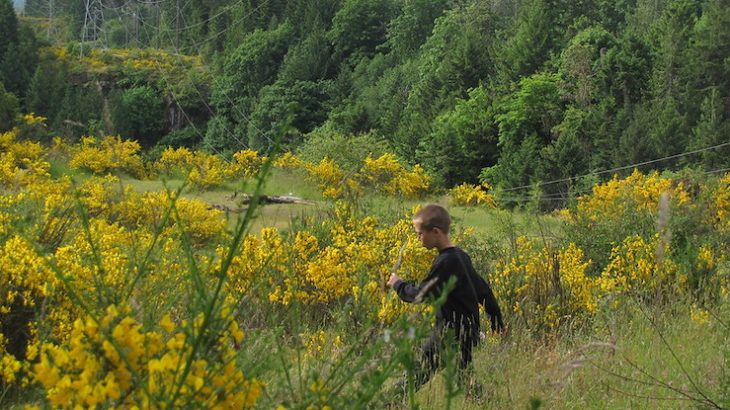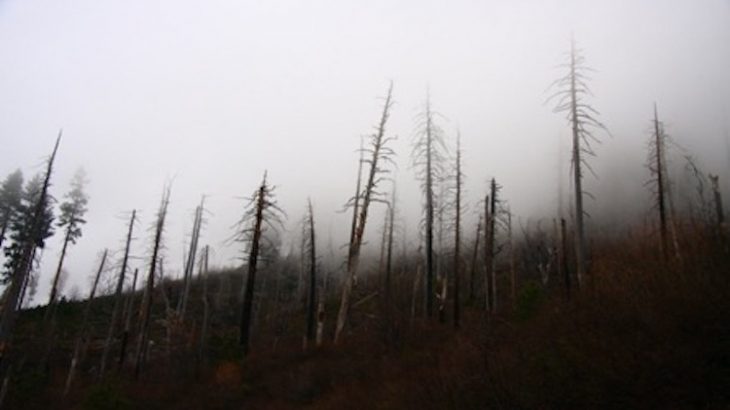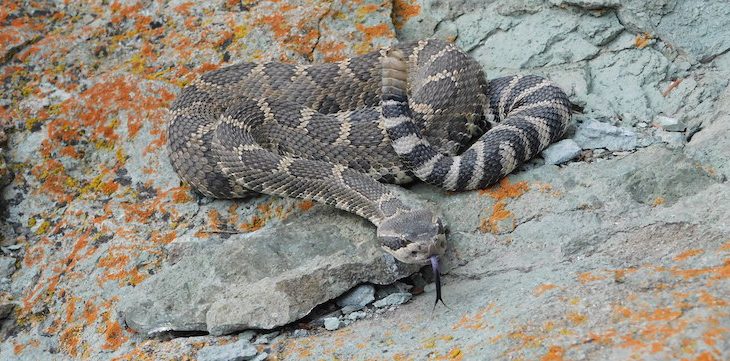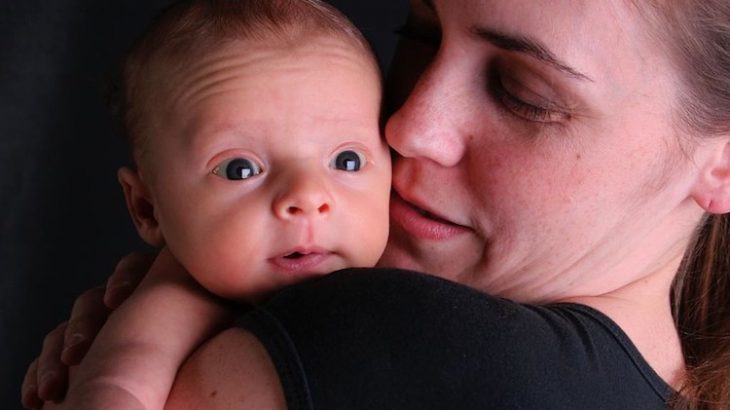
Wendy Ho, Nature Conservancy of Canada, guest contributor In the media world of conservation, there seems to be no shortage of news on invasive species – plants, animals and organisms that were introduced (accidentally or deliberately) to an area outside of their native range and where their natural predator is absent, and cause harm (environementally, […]






